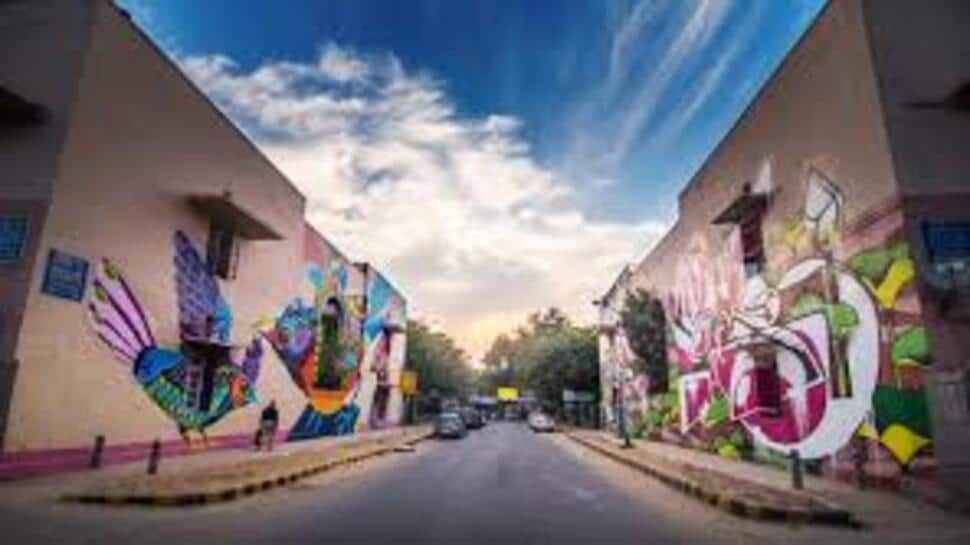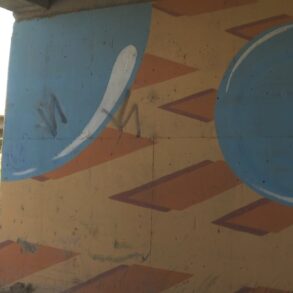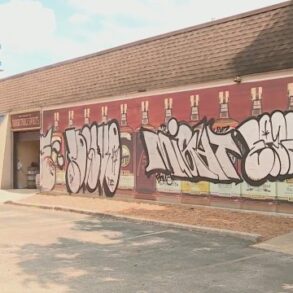
Delhi, the heart and soul of India, is not just a city of historical monuments and bustling markets. It’s also a canvas for a vibrant street art scene that has been gaining momentum over the past decade. The streets of Delhi are adorned with murals, graffiti, and installations that reflect the city’s rich cultural heritage, social issues, and the colourful world of Delhi’s street art and explore how it has become a fusion of culture and creativity.
Street art in Delhi began to gain prominence around the early 2010s, with initiatives like the St+ Art India Foundation playing a pivotal role. The foundation has been instrumental in transforming public spaces into open-air galleries, bringing together artists from across the globe to collaborate and create. These efforts have not only beautified the city but also sparked conversations about art, culture, and society.
Iconic Street Art Locations
Lodhi Art District: Perhaps the most famous street art hub in Delhi, the Lodhi Art District is the first-ever public art district in India. Located in the heart of the city, this area features over 50 morals created by artists from India and abroad. Each mural tells a unique story, from celebrating Indian culture to addressing global issues like climate change and gender equality.
Hauz Khas Village: Known for its bohemian vibe. Hauz Khas Village is another hotspot for street art. The narrow lanes and walls of this urban village are adorned with vibrant graffiti and murals, reflecting the eclectic mix of tradition and modernity that defines Delhi.
Shahpur Jat: This urban village has transformed into a creative hub, with its walls serving as canvases for local and international artists. The art here often reflects the daily life and struggles of the community, making it a living gallery that evolves with time.
Themes and inspirations
The street art in Delhi is as diverse as the city itself. Artists draw inspiration from various sources, including Indian mythology, folklore, social issues, and contemporary culture. For instance, you might find a mural depicting a scene from the Mahabharata next to a piece highlighting the importance of women’s empowerment.
One of the most striking aspects of Delhi’s street art is its ability to address social and political issues. Murals and graffiti often serve as powerful tools for social commentary, raising awareness about topics like pollution, poverty and gender inequality. This fusion of art and activism has given a voice to marginalized communities and sparked important conversations among the city’s residents.
The Impact on the Community
The street art movement in Delhi has had a profound impact on the community. It has not only beautified public spaces but also fostered a sense of pride and ownership among residents. Local businesses have benefited from the increased foot traffic, and the art has become a source of inspiration for young, aspiring artists.
Moreover, street art has democratized access to art. In a city where art galleries and museums may seem intimidating or inaccessible to some, public murals and graffiti bring art to the people, making it a part of their everyday lives.
The vibrant street art scene in Delhi is a testament to the city’s dynamic and ever-evolving cultural landscape. It is a celebration of creativity, a reflection of society, and a catalyst for change. As you walk through the streets of Delhi, take a moment to appreciate the murals and graffiti that adorn its walls. They are more than just art; they are stories waiting to be told, voices waiting to be heard, and a fusion of culture and creativity that defines the spirit of Delhi.
This post was originally published on this site be sure to check out more of their content.






